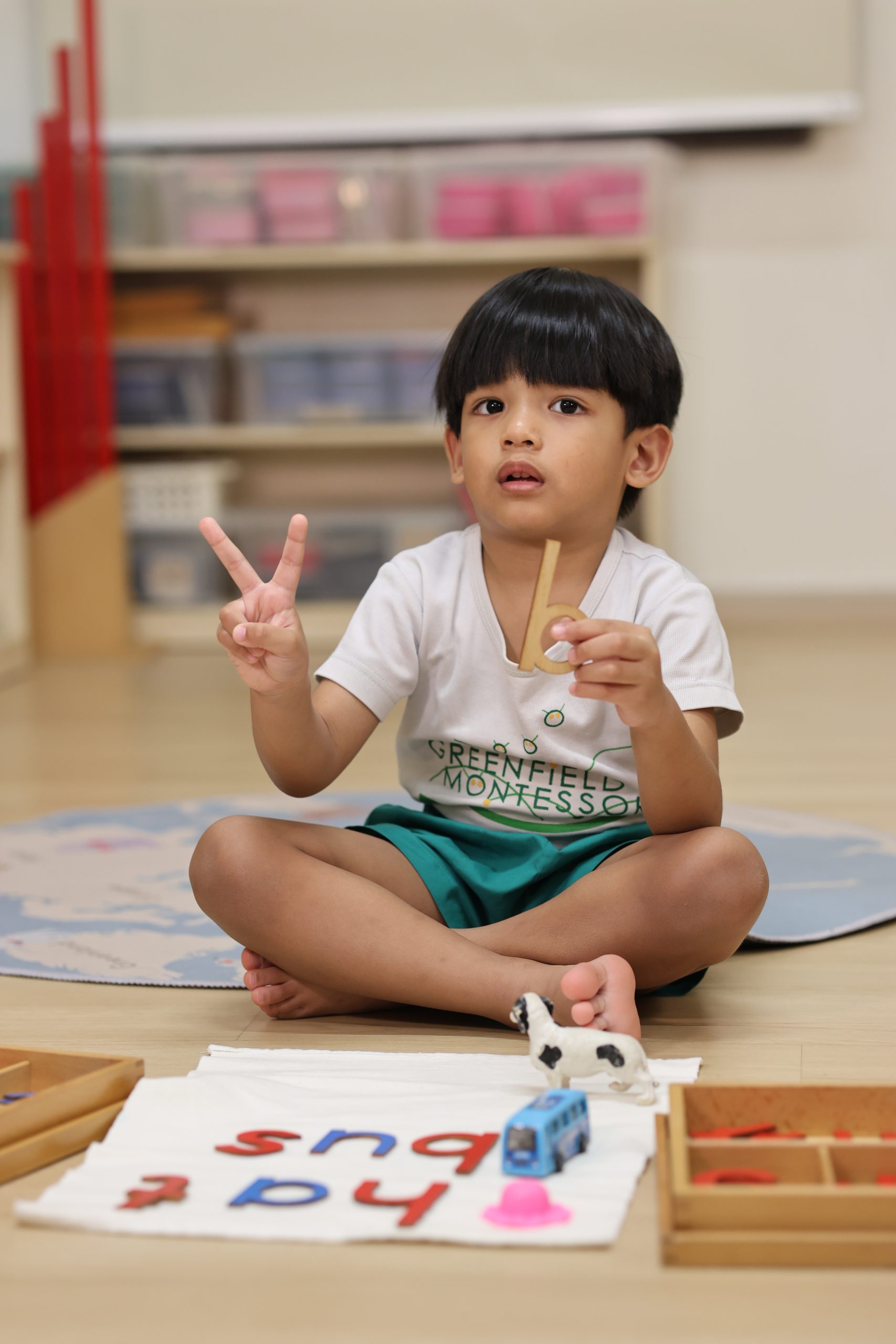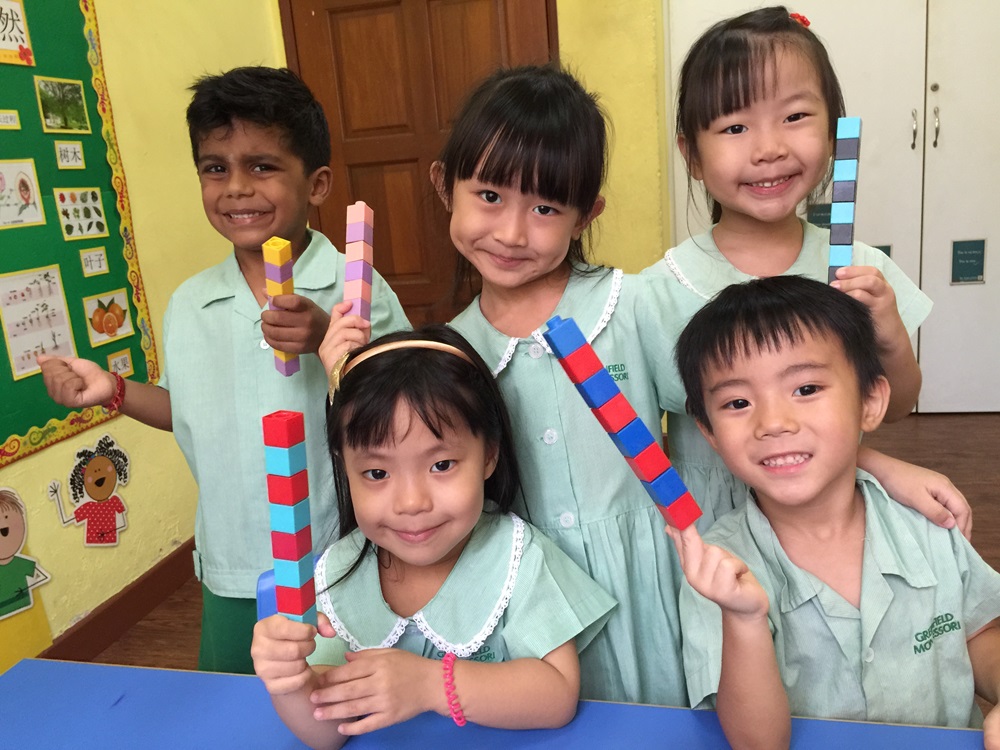Why Are Sensory Activities Important?
Sensory activities engage a child’s five senses—touch, sight, sound, taste, and smell—to promote
cognitive growth, motor skills, and problem-solving abilities.
Key Benefits of Sensory Play
- Enhances Cognitive Development – Sensory experiences help children process information and strengthen memory.
- Improves Motor Skills – Activities like finger painting and sand play refine fine and gross motor coordination.
- Supports Language Development – Engaging with different textures and materials encourages new vocabulary.
- Encourages Exploration and Creativity – Sensory play fosters curiosity and problem-solving skills.
Examples of Sensory Activities
- Sand and Water Play – Develops fine motor skills and hand-eye coordination.
- Playdough and Clay Molding – Enhances creativity and strengthens hand muscles.
- Montessori Sensory Bins – Combines different textures and objects to encourage exploration.
- Music and Movement – Stimulates auditory senses and coordination.
Montessori’s Approach to Sensory Learning
The Montessori method places a strong emphasis on sensory-based learning, using materials such as sandpaper letters, sound cylinders, and tactile objects to enhance cognitive and linguistic development.
Final Thoughts
Sensory activities are essential for early childhood development. Providing a stimulating environment
with diverse textures, sounds, and movements supports brain growth and prepares children for future
learning.








